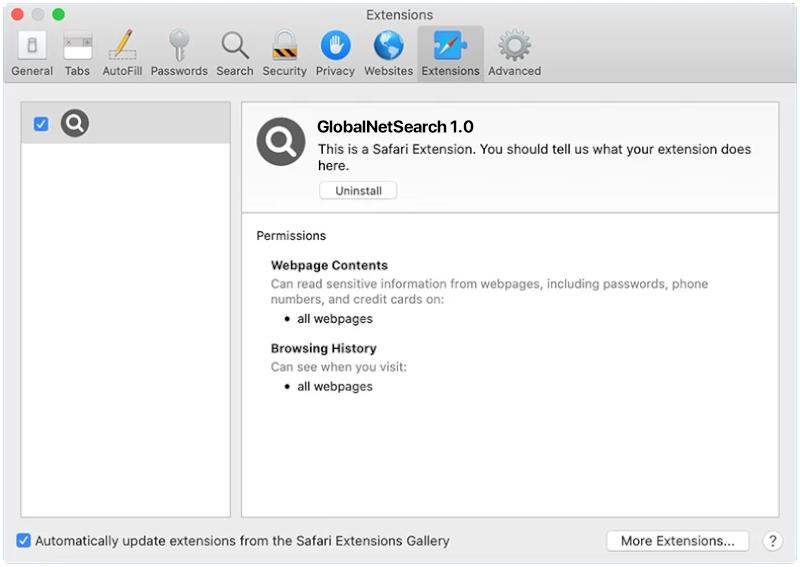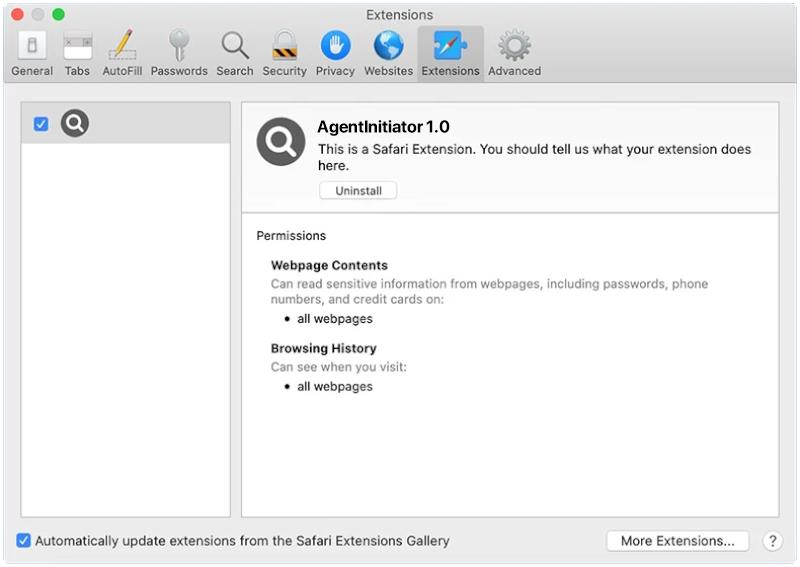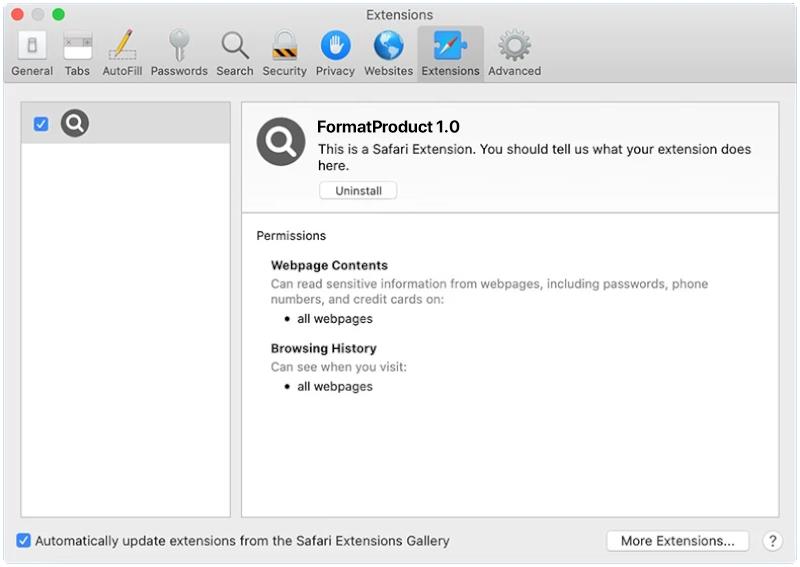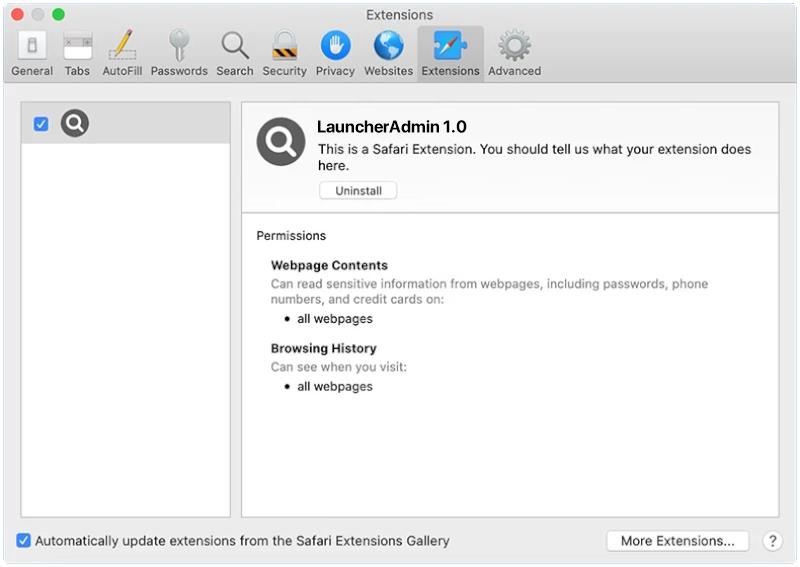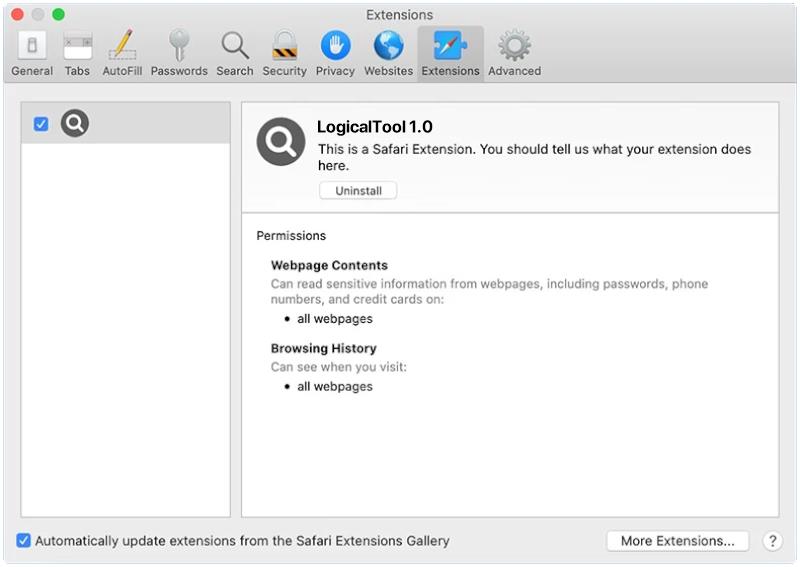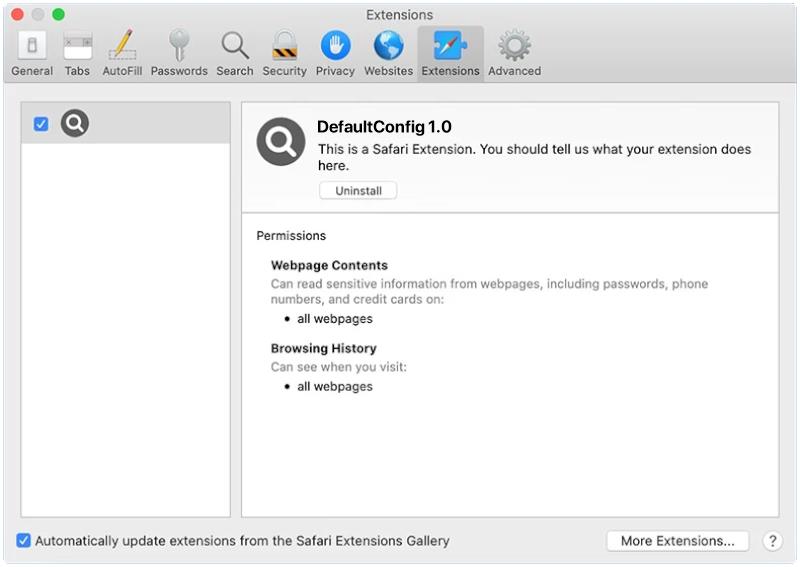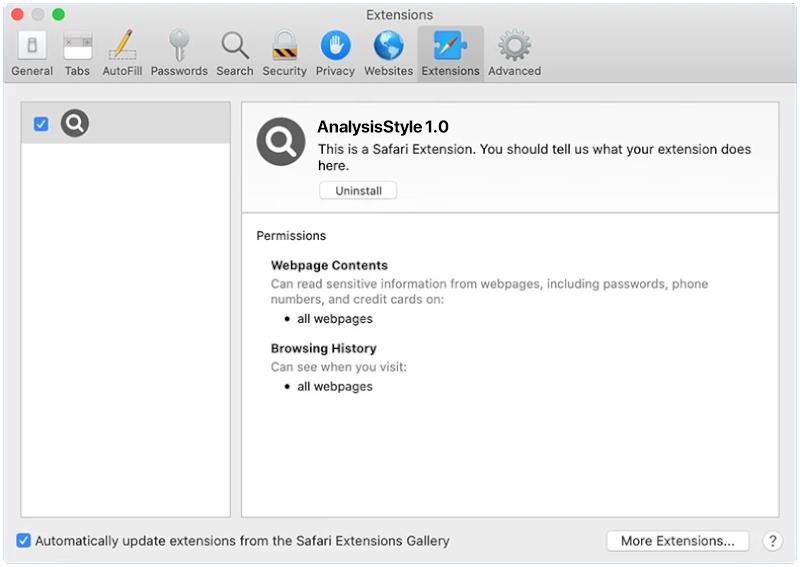Cpverify is a type of adware that targets Mac computers. It typically infiltrates the system by disguising itself as a legitimate software program or by being bundled with other software downloads. Once installed, Cpverify starts displaying intrusive pop-up ads, banners, and sponsored links on the web browser, redirecting users to potentially harmful websites.
Cpverify can also track users’ online activities and collect personal information, such as browsing history and login credentials. This information is then used for targeted advertising or sold to third parties. Additionally, Cpverify may slow down the computer’s performance and cause instability in the system. It is important for Mac users to be cautious when downloading software from unfamiliar sources and to regularly update their security software to prevent Cpverify infections.


